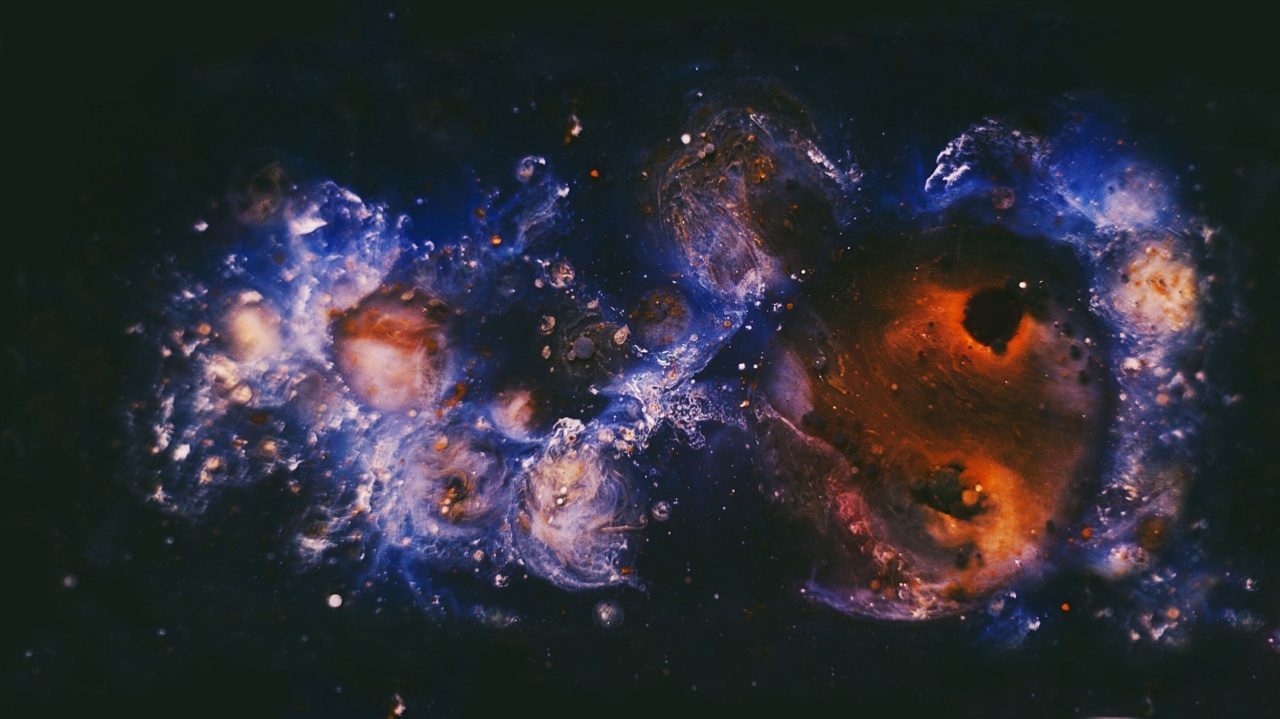Night sweating, medically known as nocturnal hyperhidrosis, is a condition characterized by excessive sweating during sleep. It is not uncommon for people to experience night sweats occasionally due to high temperatures or intense physical activities.
However, for some individuals, night sweating becomes a persistent problem that disrupts their sleep and affects their overall well-being. In this article, we will explore the science behind night sweating, its potential causes, and available treatment options.
The Physiology of Sweating
Sweating is a natural physiological process controlled by the body’s thermoregulatory system. Its primary purpose is to regulate body temperature by dissipating heat.
The human body has millions of sweat glands, with the most concentrated areas being the palms, soles of the feet, and underarms.
When the core body temperature rises, either due to physical exertion or environmental factors, such as high temperatures or humidity, the hypothalamus, a small region in the brain, stimulates the sweat glands.
This triggers the production of sweat, which is primarily composed of water, salt, urea, and other electrolytes.
The sweat then reaches the skin’s surface through small openings called sweat pores. As it evaporates, the heat from the body dissipates, and the person feels cooler. This process is essential for the body to maintain a stable internal temperature.
Night Sweating: The Basics
While sweating during sleep is a normal bodily function, excessive sweating that occurs specifically at night can be concerning.
Night sweats often result in soaked sheets or clothing, interrupted sleep, and an overall discomfort that affects the person’s quality of life.
It is essential to differentiate between primary and secondary night sweats. Primary night sweating refers to excessive sweating during sleep without an underlying medical condition.
On the other hand, secondary night sweating accompanies various medical conditions or external factors.
Common Causes of Night Sweats
Several factors can contribute to night sweats. Understanding these potential causes is crucial in identifying the underlying issue and seeking appropriate treatment. Some common causes of night sweating include:.
Hormonal Imbalances
Hormonal imbalances, particularly with hormones like estrogen and testosterone, can cause night sweats. This often occurs during certain life stages, such as menopause, perimenopause, or andropause (male menopause).
Fluctuations in hormone levels can affect the hypothalamus, disrupting the body’s temperature regulation.
Infections
Infections, such as tuberculosis, endocarditis (inflammation of the heart valves), osteomyelitis (bone infection), or abscesses, can lead to night sweats.
When the body fights off an infection, it may trigger a rise in body temperature, resulting in excessive sweating during sleep.
Medications
Some medications, including certain antidepressants, hormone therapies, and fever-reducing drugs, have been associated with night sweats as a side effect.
If you suspect your medication is causing night sweats, consult your healthcare provider for guidance.
Neurological Disorders
Neurological disorders, such as autonomic dysreflexia, stroke, or autonomic neuropathy, can disrupt the normal functioning of the sympathetic nervous system, which controls sweating. This disruption can lead to night sweats.
Cancer
Night sweats are often associated with certain types of cancers, particularly lymphoma. The exact mechanisms are unclear, but it is thought to be related to immune system responses or the body’s attempt to fight the underlying malignancy.
Anxiety and Stress
Extreme anxiety or chronic stress can trigger the release of stress hormones, such as cortisol, affecting the body’s temperature regulation.
This can result in night sweats, particularly for individuals with anxiety disorders or high-stress lifestyles.
Other Potential Causes
Other potential causes of night sweating include gastroesophageal reflux disease (GERD), hypoglycemia (low blood sugar), hyperthyroidism (overactive thyroid), certain sleep disorders, such as obstructive sleep apnea, and specific autoimmune diseases.
Treatment Options
The treatment for night sweats depends on identifying and addressing the underlying cause.
If the night sweats are attributed to a primary cause, such as hormonal imbalances during menopause or andropause, hormone replacement therapy or other medications may be recommended by a healthcare professional.
If night sweats are a result of an underlying medical condition, treating the condition itself often resolves the night sweating issue. For example, treating an infection or managing a neurological disorder may alleviate night sweats.
It is crucial to work closely with a healthcare provider to determine the appropriate treatment approach.
In addition to medical intervention, individuals experiencing night sweats can take certain lifestyle measures to manage the symptoms.
These may include keeping the bedroom cool, using breathable bedding materials, wearing moisture-wicking sleepwear, and avoiding triggers like spicy foods or excessive caffeine consumption.
Conclusion
Night sweating is a bothersome condition that can significantly affect an individual’s sleep and overall well-being. Understanding the science behind night sweating can help identify potential causes and guide the appropriate treatment approach.
Whether it is a hormonal imbalance, infection, medication side effect, or underlying medical condition, seeking medical advice is essential to address the issue effectively and improve the quality of sleep.




























